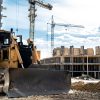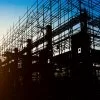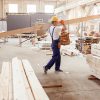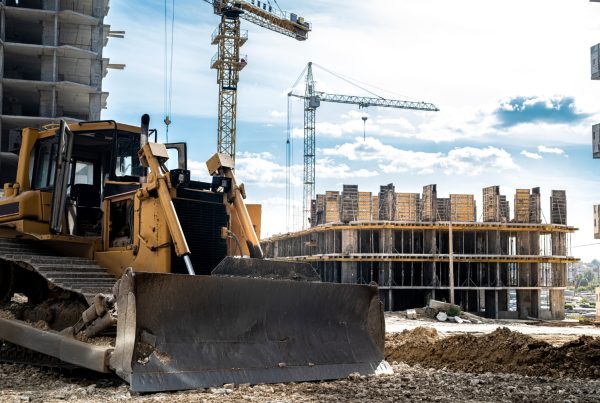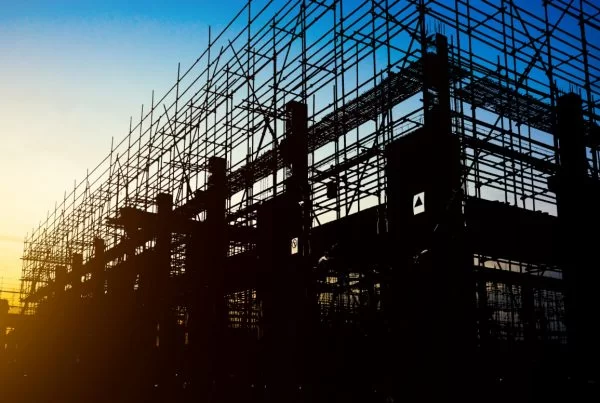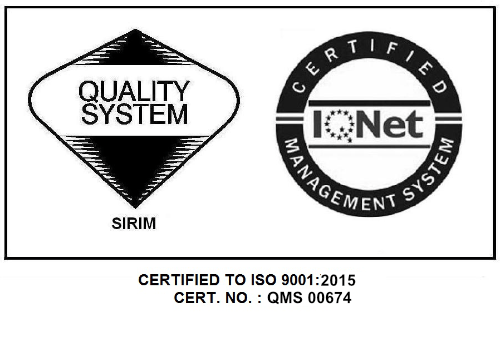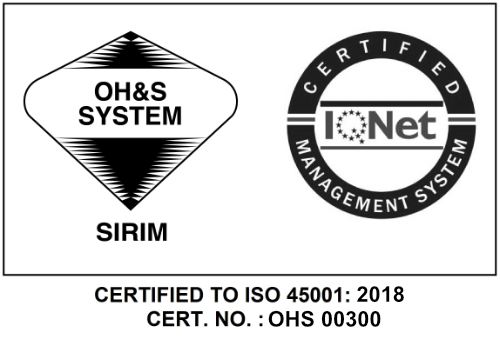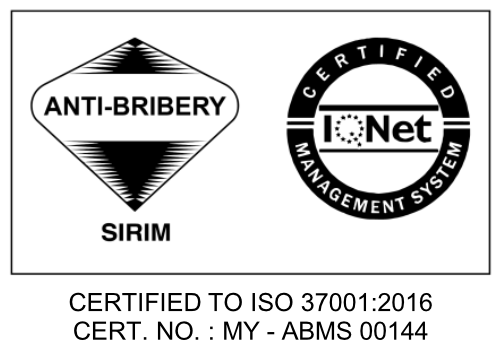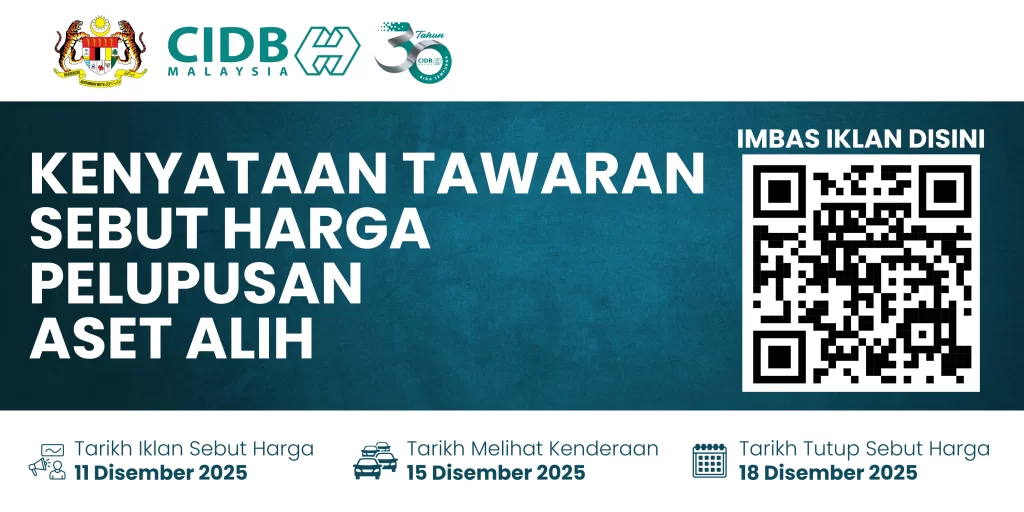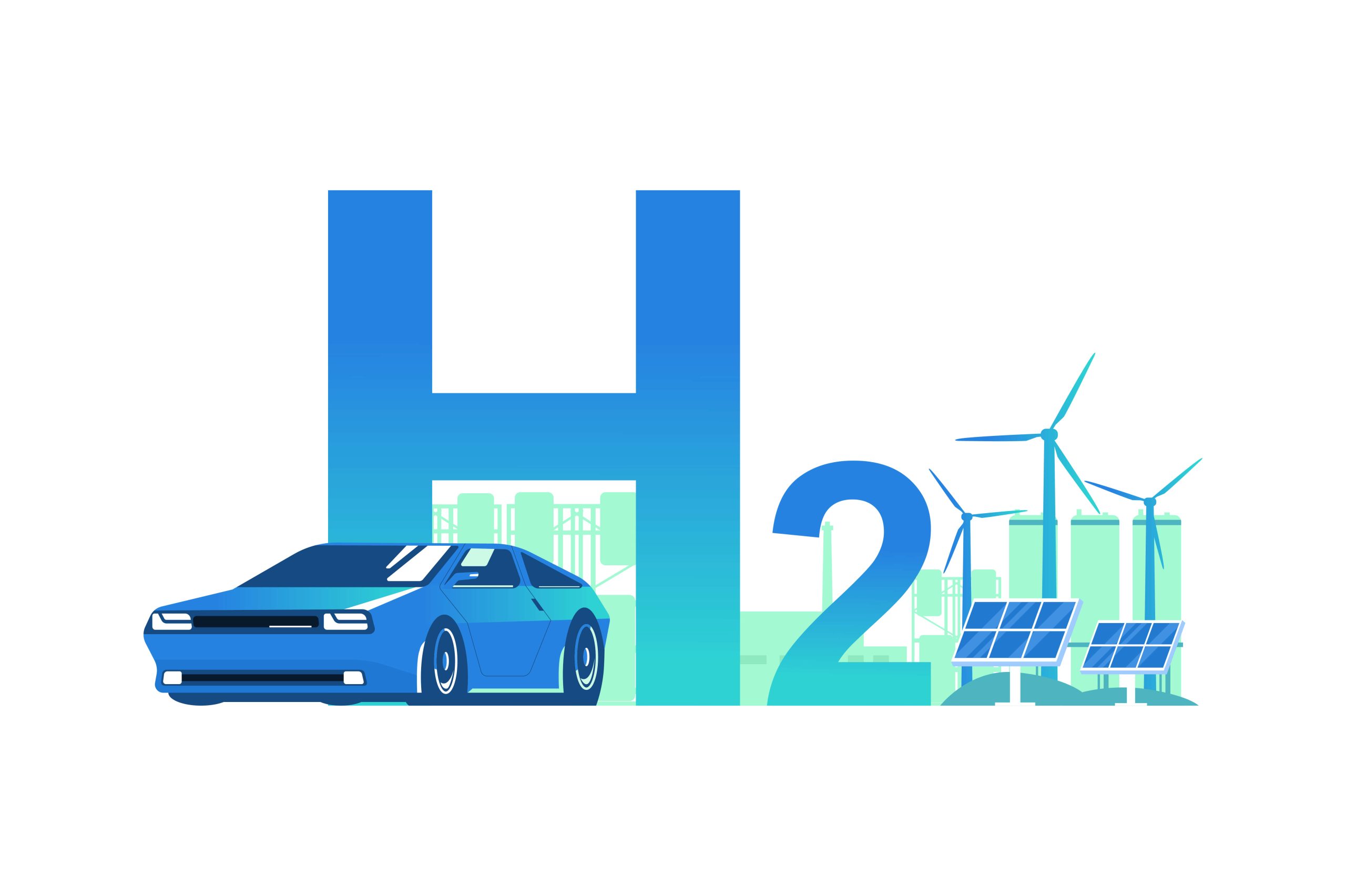
Sarawak’s leap into the hydrogen economy is underpinned by several strategic projects.
SEDCE is developing six PETROS Multifuel Stations along the Pan Borneo Highway, which are capable of dispensing hydrogen, electricity for electric vehicles (EVs), and traditional fuels. This hybrid infrastructure is vital in supporting Sarawak’s transition while ensuring energy accessibility across urban and rural areas.
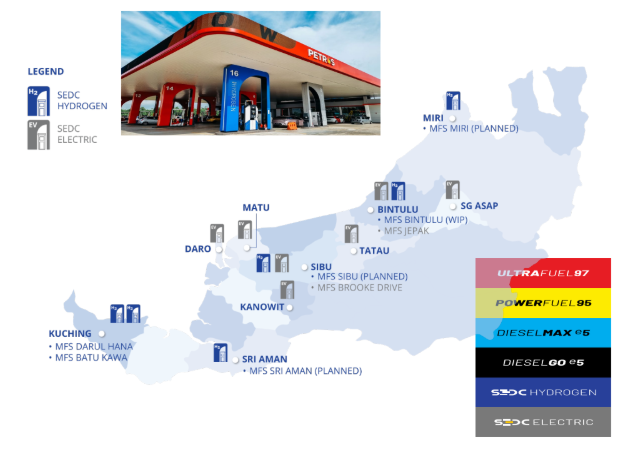
Complementing the hydrogen push, Sarawak is also investing in alternative low-carbon fuels such as algae-based biofuel, used cooking oil (UCO), Napier grass, and palm oil waste. These fuels align with international frameworks, such as CORSIA (Carbon Offsetting and Reduction Scheme for International Aviation), which sets the stage for cleaner aviation fuel sources. The Bio-Algae Initial Pilot Plant (IPP) is already operational, with over 1,000 tanks and more than one tonne of algae seedlings. With an ICP extraction unit commissioned in December 2023,
Sarawak is demonstrating real-world progress in producing sustainable biofuels. Together, these efforts make Sarawak a leader in clean fuel innovation in Southeast Asia. The combination of multifuel stations and alternative biofuel production ensures that its green transition is grounded in flexibility, regional relevance, and economic inclusion.
Read the following article to discover the obscure opportunities and challenges that we will face as the hydrogen revolution takes hold globally.
Related article:
PART 1: Sarawak’s Green Hydrogen Leads the Energy Transition
PART 3: Opportunities and Challenges in the Hydrogen Revolution


